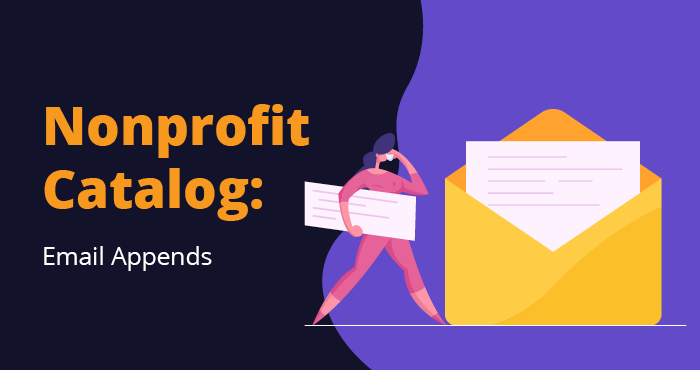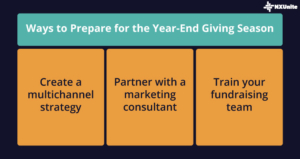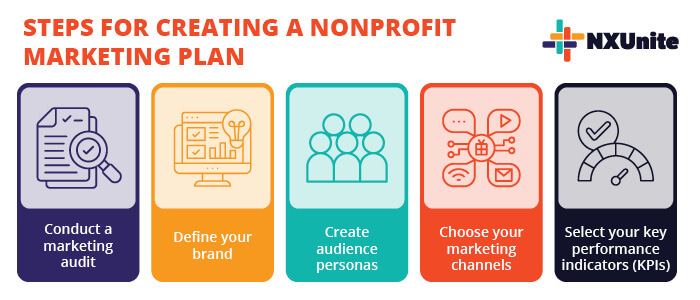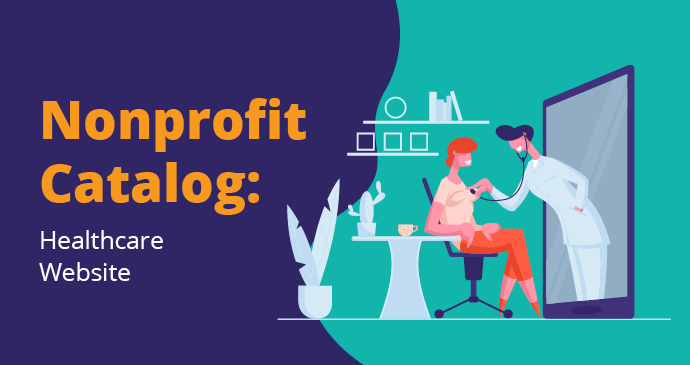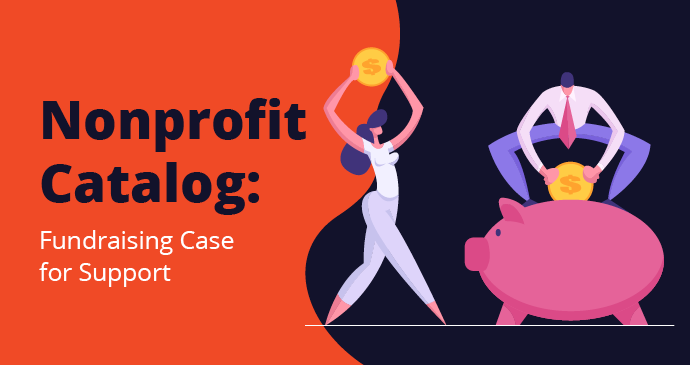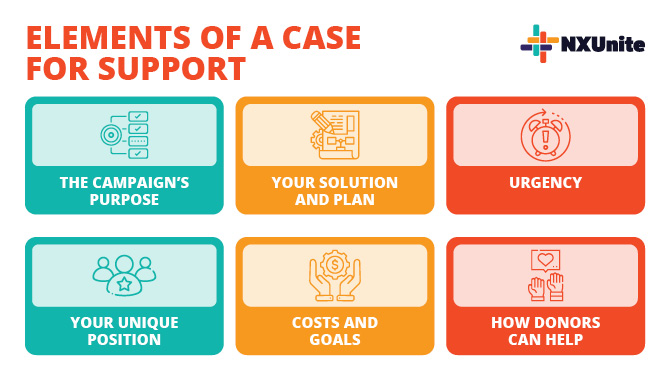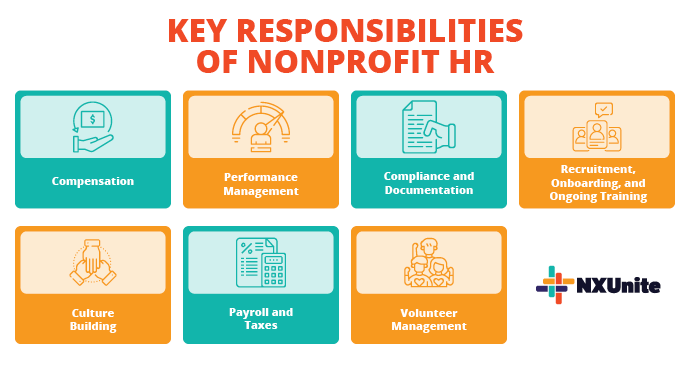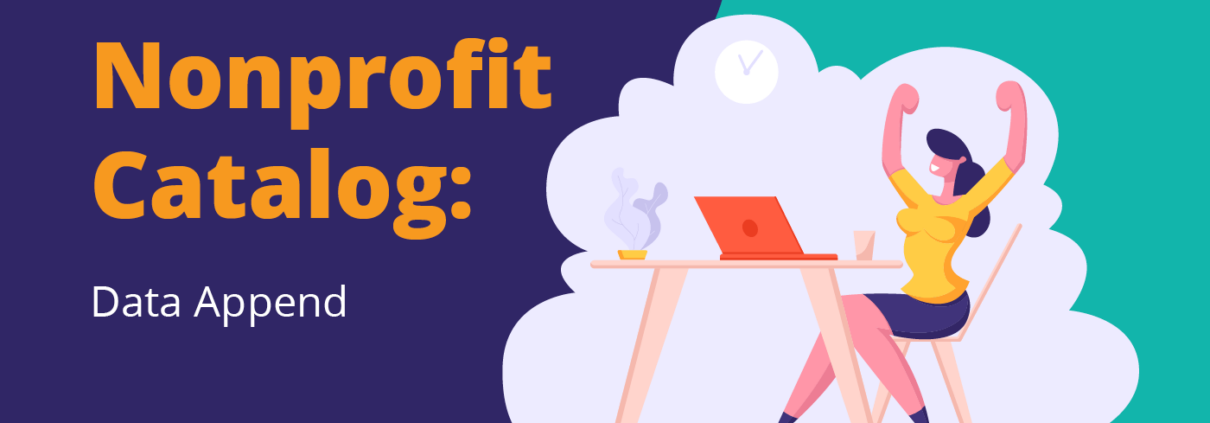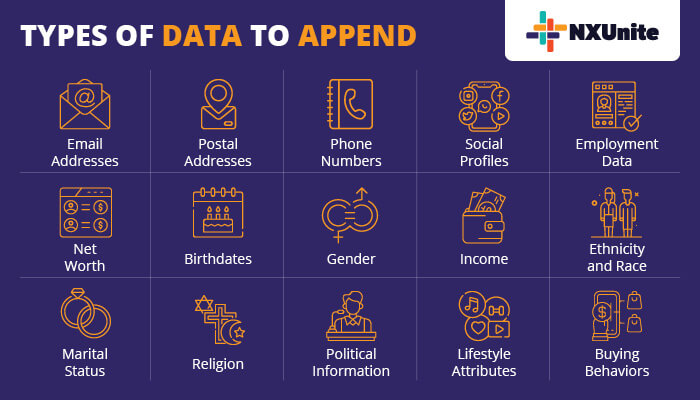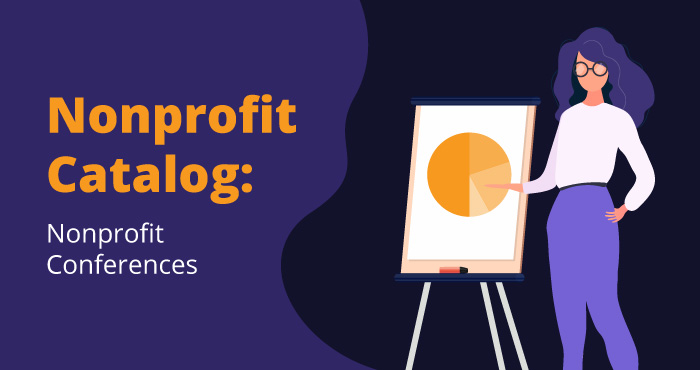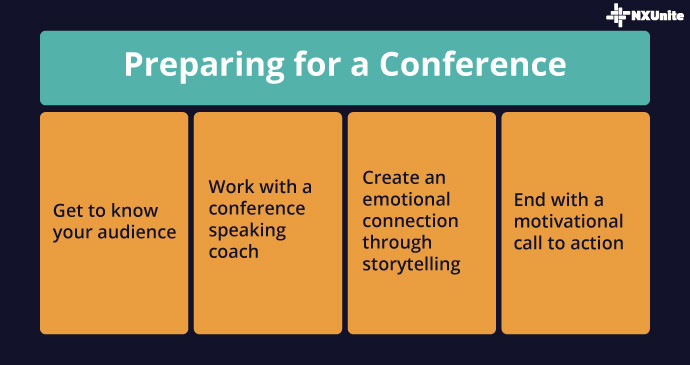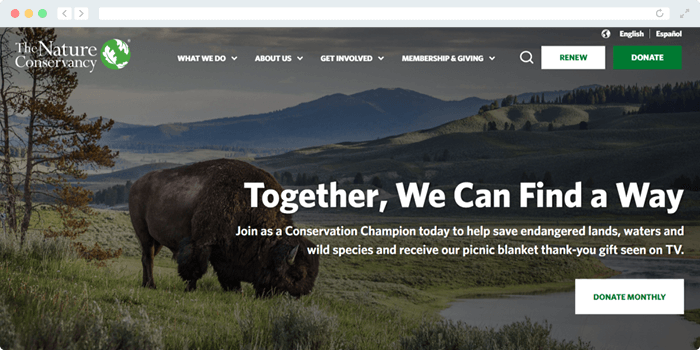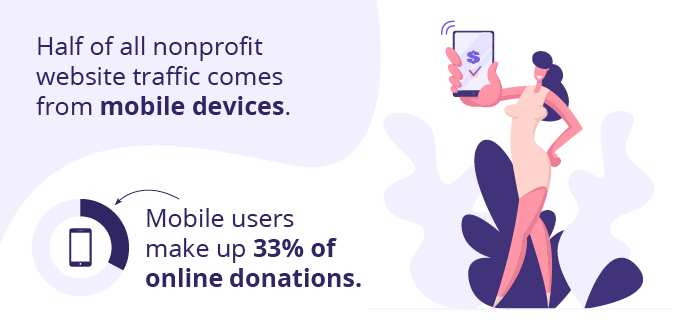Email Appends — Nonprofit Catalog
With an estimated return of $36 for every $1 spent, email has an unbeatable ROI compared to other marketing channels. This channel allows you to connect with your entire contact list, create personalized outreach through segmentation, and ultimately push your mission to new heights. But to leverage this marketing channel, you need the right email addresses first.
An email append will allow you to find the most accurate contact information for everyone in your contact list. That way, your messages are delivered to your supporters’ inboxes successfully. There’s an entire world of data appending, but we’ll focus on how appending email addresses specifically can enhance your marketing.
What Is An Email Append?
Email appending is a marketing process that requires using known constituent data (such as names, phone numbers, and social profiles) to identify individuals’ current email addresses.
Using an email append services provider is the most efficient, reliable way for digital marketers to verify and update email addresses for their contacts. Professional providers have access to large databases of contact information. You’ll share your constituents’ data with the provider, which they’ll then use to match each individual to their most recent email addresses.
Why Should You Append Emails?
Email addresses are only beneficial if they’re accurate. Otherwise, your messages won’t be successfully delivered to supporters’ inboxes.
HubSpot estimates that email marketing databases degrade by about 22.5% every year. People occasionally make typos or use fake email addresses when filling out forms. Plus, your supporters may get locked out of their emails, change emails, or pass away. Appending emails is the most reliable way to correct any mistakes and fill in gaps within your contact list.

Ensuring updated contact information will also enable you to:
- Increase your deliverability and open rates.
- Re-engage lapsed donors you’ve lost contact with.
- Reduce manual labor necessary to correct incorrect emails.
- Protect your IP sender reputation. Outdated email addresses are often reclaimed and used as spam traps, which can result in you getting added to a blocklist if you’re not careful.
Regularly appending emails will enrich your database, empowering your team to reach and retain your supporters. Depending on your data append provider, you might also be able to pull other helpful information, like social profiles, postal addresses, and employer data. In turn, you’ll create stronger contact profiles and open your team up to additional engagement opportunities.
Best Practices for Email Appends
Having accurate contact information is only useful if you have a solid plan for pulling and leveraging it in your marketing. Start outlining your approach for ethically appending and using the updated contact information you’ll receive. Let’s look at a few tips for getting started!
Only append emails for existing supporters.
NPOInfo’s guide to email appends states, “You should only ever append email addresses for people who have previously connected with your organization, whether they donated, signed up for your newsletter, or registered to volunteer. You want to make sure you’re leveraging email appending ethically.”
Pulling contact information for people who have never even heard of your organization can damage your reputation. So stick to only doing so for past and existing supporters.
Follow anti-spam laws.
On the topic of ethical marketing practices, make sure to respect when supporters opt out of your email communications. After all, anti-spam laws and opt-in rules still apply when you append emails.
If you send emails to people who opted out of or never signed up for your email list, you can wind up in some serious legal trouble. So before reaching out to any emails you appended, double-check that those individuals opted into your email communications. Otherwise, you risk damaging your reputation and relationships with supporters.
Regularly conduct email appends.
Get on a good schedule with your email appends, whether that’s monthly, quarterly, or bi-annually. This will make sure your CRM is always as complete and accurate as it can possibly be. Your organization’s off-season is the perfect time for this.
Let’s say you’re ramping up for a big fundraising campaign. The last thing you want is a sky-high bounce rate due to inaccurate email addresses. Before you launch your campaign, devote time to conducting email appends. Aim to wrap up about a month before your initiative’s official launch, giving your team plenty of wiggle room to get everything squared away.
Know how different types of organizations leverage email appends.
As with any marketing practice, it’s best to tailor your email append strategy to your organization’s priorities. At the very least, you should follow up with anyone you’ve been unable to reach via email once you receive your results.
Beyond this, Double the Donation’s email appends guide highlights these examples that you can emulate:
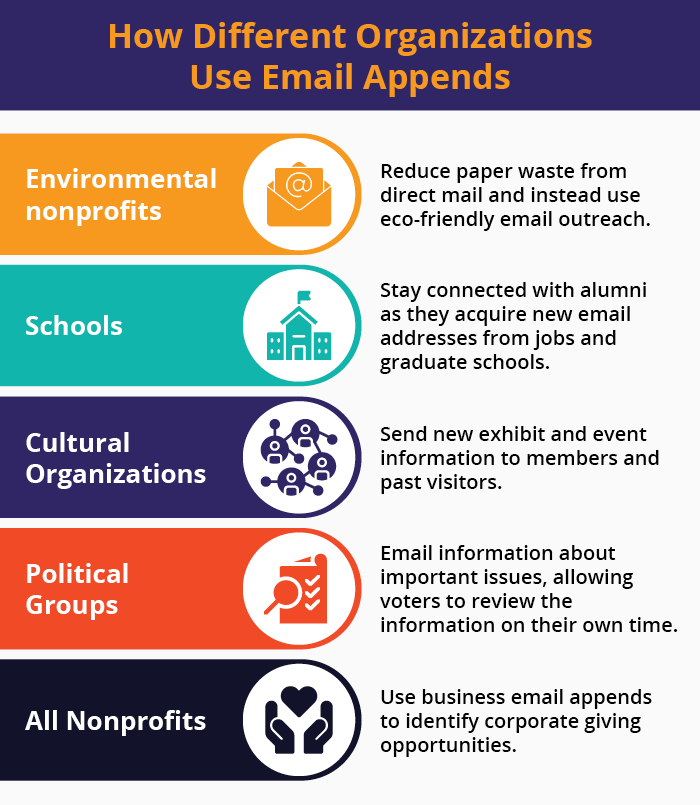
- Environmental nonprofits can align their marketing practices with their mission. Eliminate unnecessary paper waste and opt for eco-friendly email outreach.
- Schools can stay connected with alumni as they acquire new email addresses from new jobs and graduate schools.
- Cultural organizations like aquariums, zoos, and museums can send new exhibit and event information to members and past visitors.
- Political organizations can email information about important issues, allowing voters to review the information on their own time rather than texting or talking on the phone.
- Any nonprofit can use business email appends to identify corporate giving opportunities.
Knowing how your organization will leverage contact information will empower you to make the most of your appended email addresses. Think carefully about your plans ahead of time, so you can start reaching out as soon as you receive your email append results.
Additional Resources
Nonprofit Catalog – Read up on more nonprofit essentials by exploring our Nonprofit Catalog.
Phone Appends: A Nonprofit’s Data Enrichment Guide – You can append contact information other than email addresses. Build out your supporters’ profiles by appending phone numbers, too. This guide covers everything you need to know.
The Beginner’s Ultimate Guide to Nonprofit Marketing – Learn how to create a foolproof marketing plan and make the most out of your appended email addresses.
